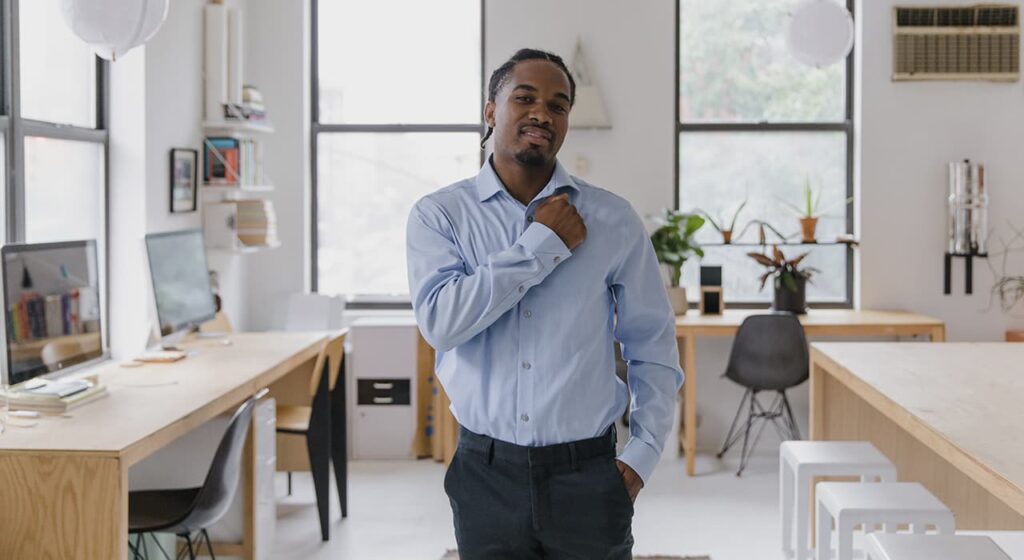Colleges and individuals are trying to make Deaf education more inclusive and accessible by developing technical vocabulary, training color interpreters, and providing greater access.
According to the latest study by the National Center for the Deaf on post-secondary outcomes, education rates for deaf people have been increasing since 2008. In 2019, about 5 percent of deaf and hard-of-hearing people under the age of 65 were enrolled in a post-secondary institution, according to census data. This is more than 190 thousand people.
Deaf students still face barriers in higher education, but some institutions, departments, and individuals are making changes to make this education more advanced, inclusive, and accessible.
Some, such as the University of Florida, are hiring more interpreters for deaf and hard-of-hearing students. Many colleges and universities contract with interpreters. Within the state, other institutions may have one full-time interpreter, said Jenna Gonzalez, interim director of the Florida Disability Resource Center. The university is currently searching for four full-time direct service employees.
Hiring interpreters under the auspices of the university allows them to build better relationships with students and feel more comfortable on campus.
Not all deaf and hard-of-hearing students use American Sign Language interpreters at Florida State or other colleges. The method of communication that a student prefers – whether it is direct captioning, closed captioning, interpreting, or lip reading and voice-over – depends on both the student and the type of class. But for interpretation, some classes may require a complex vocabulary. In Florida, interpreters with technical expertise sometimes have a two-hour commute.
The development of technical and specific vocabulary is something the signing community is working on, and several projects have made efforts to fill this gap in the past few years. For example, ASLCORE from the National Technical Institute for the Deaf at Rochester Institute of Technology began in 2015. The project maintains a website for ASL signs that its teams have developed in various academic disciplines, such as for words like “alkene” and “convection.”
Miriam Lerner, the project’s former director, said that interpreters in academic contexts sometimes asked students which signs they would like to agree to use for certain concepts. But this is not ideal for several reasons. First, students may not have enough understanding of a concept to develop a sign at the beginning of a lesson. If the sign that the interpreter creates by ear is off-putting, it may not have a linguistic basis in ASL.
It was extremely important to ASLCORE that the signs developed were created by deaf signers, not hearing interpreters.
